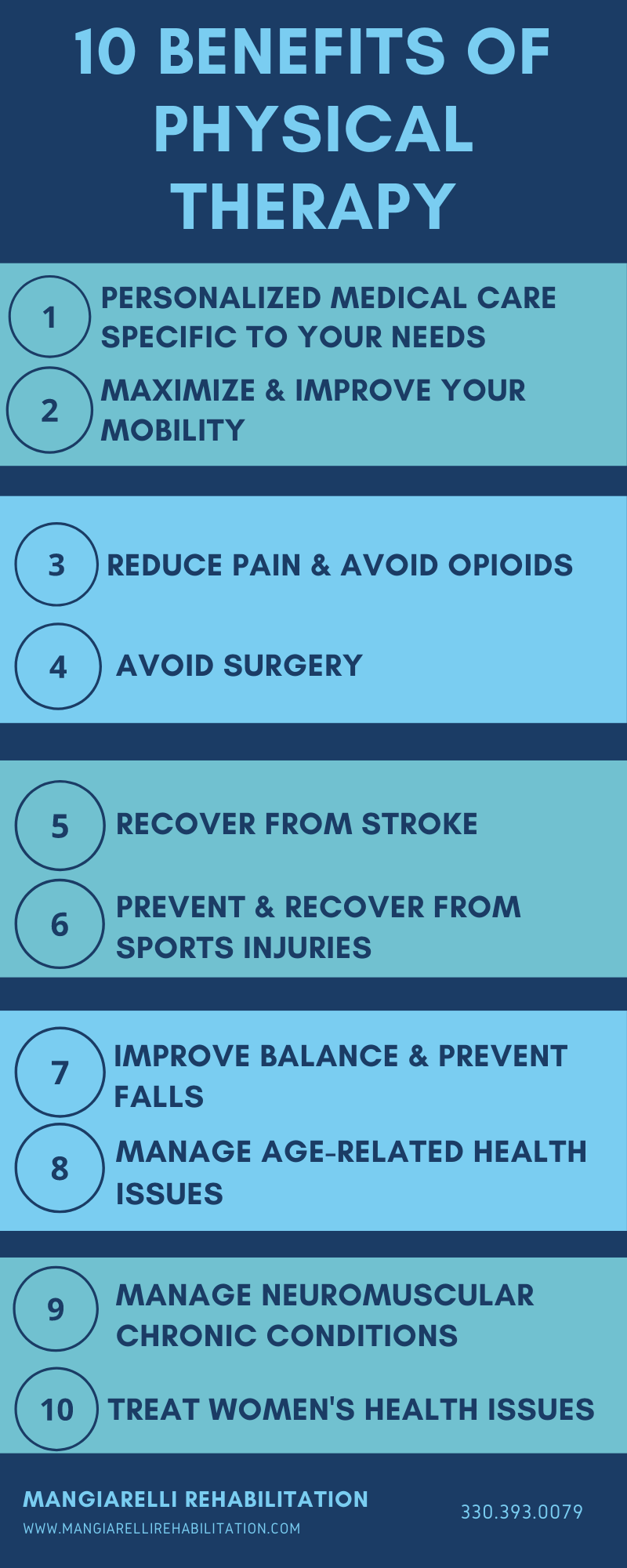The Ultimate Guide To Narconon Africa
The Ultimate Guide To Narconon Africa
Blog Article
Not known Facts About Narconon Africa
Table of ContentsGetting My Narconon Africa To WorkA Biased View of Narconon AfricaThings about Narconon AfricaThe Single Strategy To Use For Narconon AfricaThe 9-Second Trick For Narconon AfricaThe Basic Principles Of Narconon Africa Getting My Narconon Africa To Work
In a collection of documents with Manudeep Bhuller and Katrine V. Lken, we overcome these information obstacles and the nonrandomness of imprisonment, supplying new insights into how imprisonment impacts regression, work, children, and criminal networks - Effective Alcoholic treatment. Number 1 Our job research studies the effects of imprisonment in Norway, a setting with 2 crucial advantagesWe can better link this details to other relative, consisting of youngsters and brother or sisters. Additionally, we have details on co-offending that permits us to draw up criminal networks for observed criminal offenses. Second, we can take advantage of the random assignment of criminal situations to courts that vary in their propensities to send offenders to prison.
Some courts send defendants to prison at a high price, while others are much more lax. We measure a judge's stringency as the average incarceration rate for all other situations a judge handles, after controlling for court and year set impacts, which is the level of arbitrary task. This quasi-random project of judge stringency can be utilized as a tool for imprisonment, as it strongly forecasts the judge's decision in the present instance, yet is uncorrelated with other case qualities both by layout and empirically.
More About Narconon Africa
Qualities of detainees, consisting of demographics and criminal activity classifications, are extensively similar in Norway and various other nations, consisting of the United States, with the exceptions that the United States murder rate is much greater, and race plays a larger function there as well. What attracts attention as different, particularly compared with the United States, is the prison system.
Number 2In Norway, the average time spent in jail is a little over 6 months, which resembles most various other Western European countries. This contrasts with typical United States prison time of practically three years, which remains in huge part the reason the United States is an outlier in its incarceration rate compared to the rest of the globe [Number 1]
Little Known Facts About Narconon Africa.
This supplies much even more splitting up in between minor and solidified criminals than exists in the USA. There is no congestion in Norwegian jails and far better individual safety, with each prisoner being designated to their very own cell and a higher inmate-to-staff proportion than in the USA (https://narcononza12.edublogs.org/2024/06/05/hello-world/). Prisons in Norway also use well-funded education and learning, medication therapy, psychological health, and task training programs
Our research study on the impacts of incarceration on the culprit, utilizing the arbitrary project of courts as an instrument, returns 3 crucial findings. Imprisonment inhibits even more criminal actions. We find that incarceration reduces the probability that a person will reoffend within 5 years by 27 percentage factors and lowers the corresponding number of criminal costs per individual by 10 costs.
Little Known Facts About Narconon Africa.
We find sizable reductions in reoffending chances and collective charged crimes also after offenders are released from prison. Our 2nd outcome is that predisposition because of option on unobservable specific characteristics, if ignored, causes the wrong verdict that time spent behind bars is criminogenic. If we merely contrast criminal accuseds sentenced versus those not imprisoned, we find favorable associations between imprisonment and succeeding crime.
This stands in contrast to our evaluation based upon the arbitrary job of courts, which locates an opposite-signed result. Third, the decrease in criminal offense is driven by individuals who were not working before incarceration. Among these people, jail time raises participation in programs directed at boosting employability and lowering regression, and this eventually elevates work and earnings while discouraging criminal actions.

Imprisonment causes a 34 portion point increase in participation in task training programs for the previously nonemployed, and within five years their work price rises by 40 percentage factors. At the exact same time, the chance of reoffending within 5 years is cut by 46 percent points, and there is a decline of 22 in the average variety of criminal charges.
9 Simple Techniques For Narconon Africa

A probable description for the difference is that Norway's prison system varies substantially, both in regards to prison-term size and jail conditions, from the US jail system. While understanding the impacts of incarceration on the transgressor is an important very first step, recording spillover results is likewise important for reviewing criminal justice policy and designing effective prison systems.
Some Known Questions About Narconon Africa.

Ordinary least squares estimates reveal that children of incarcerated daddies are 1 percent point most likely to be charged with a criminal offense, about a mean of 13 percent, and show no impact on school qualities. Utilizing our judge stringency instrument, we locate no statistical evidence that a dad's incarceration impacts a youngster's very own criminal offense or school qualities, yet we are unable to rule out modest-sized impacts.
Excitement About Narconon Africa
We define criminal groups based upon network links to prior criminal cases. Our analysis returns three primary findings. First, when a criminal network participant is jailed, their peers' chance of being billed with a future criminal activity reduces by 51 percent factors over the next 4 years. Furthermore, having an older sibling jailed minimizes the likelihood his younger brother will certainly be billed with a criminal offense by 32 percent points over the following four years.
Report this page